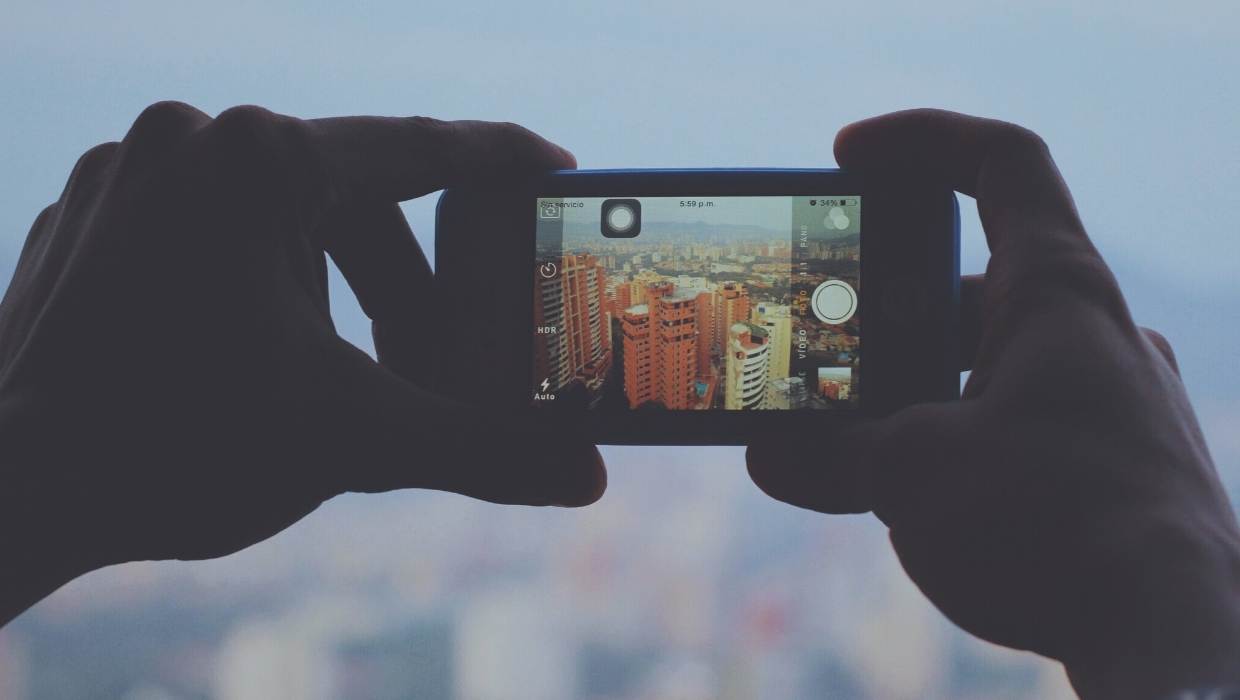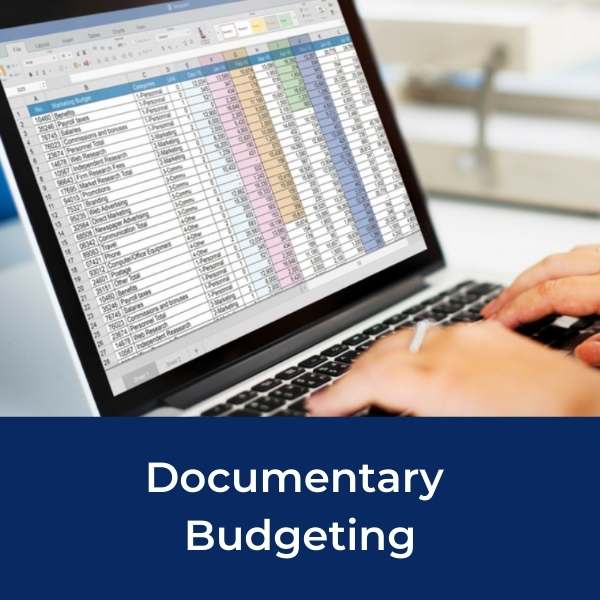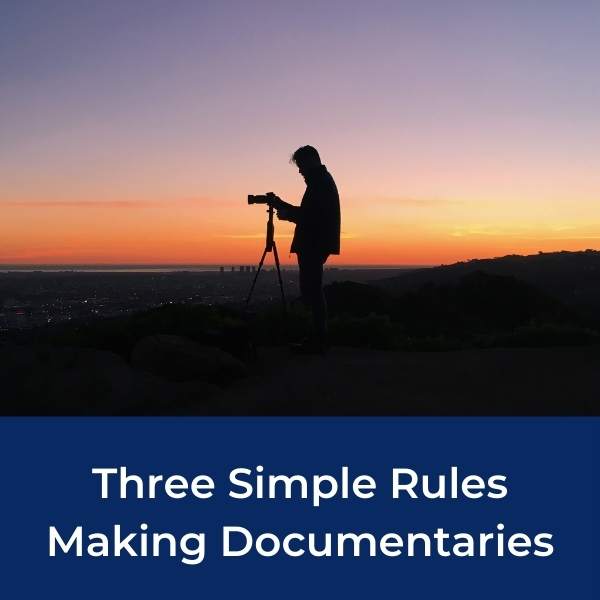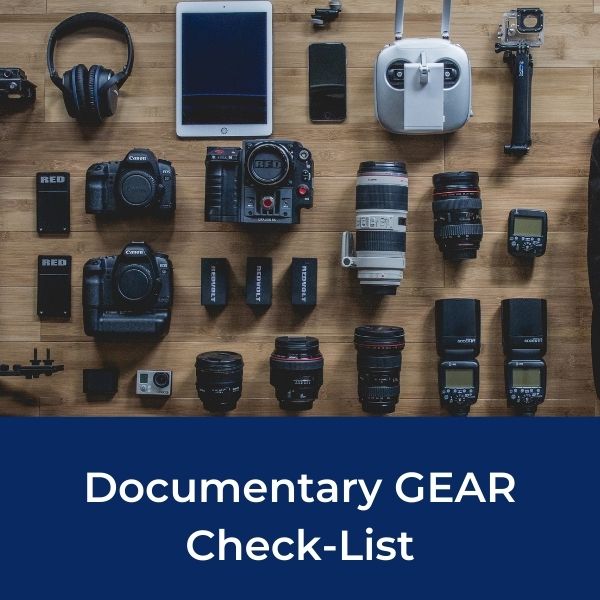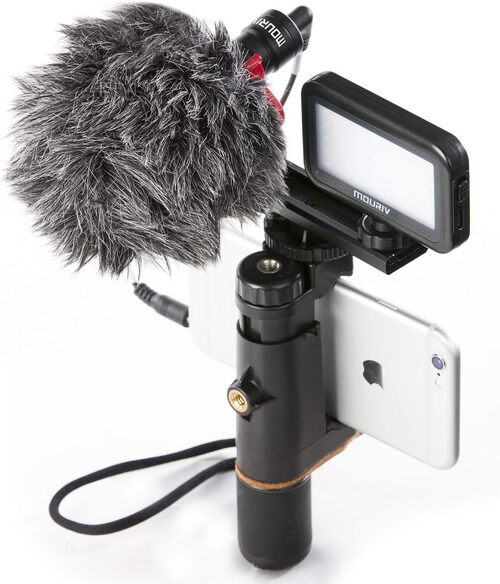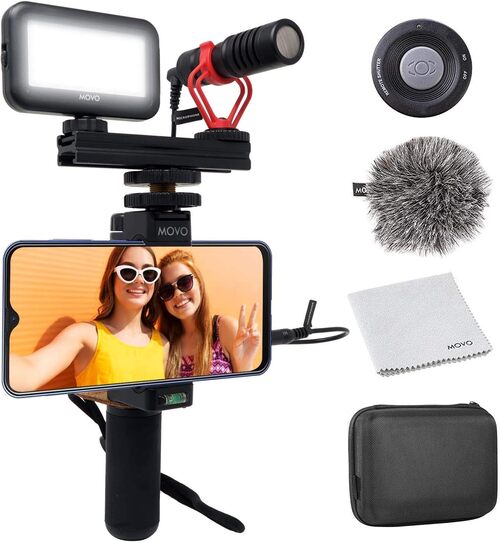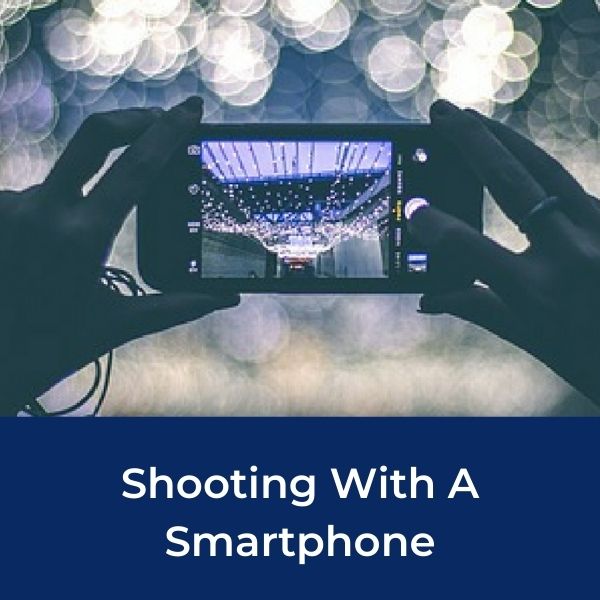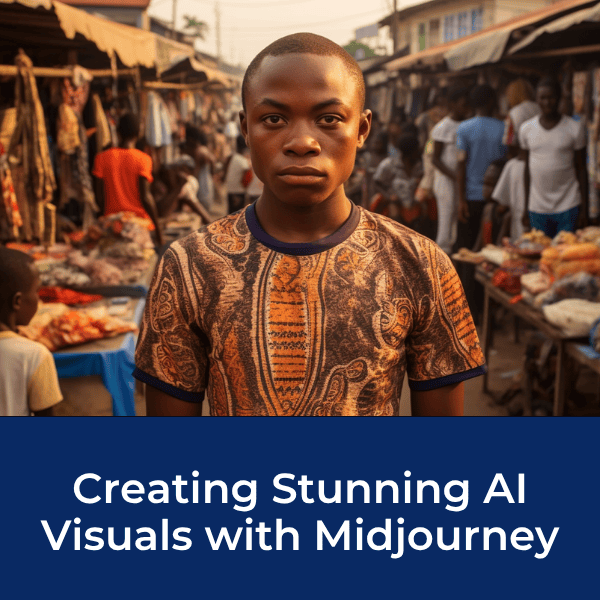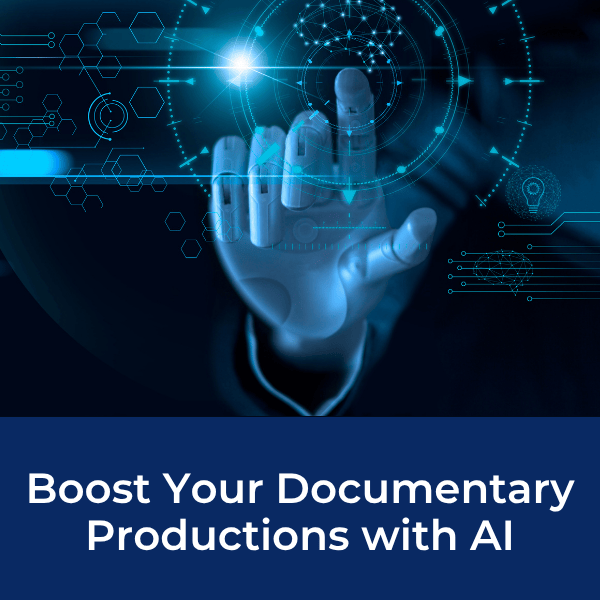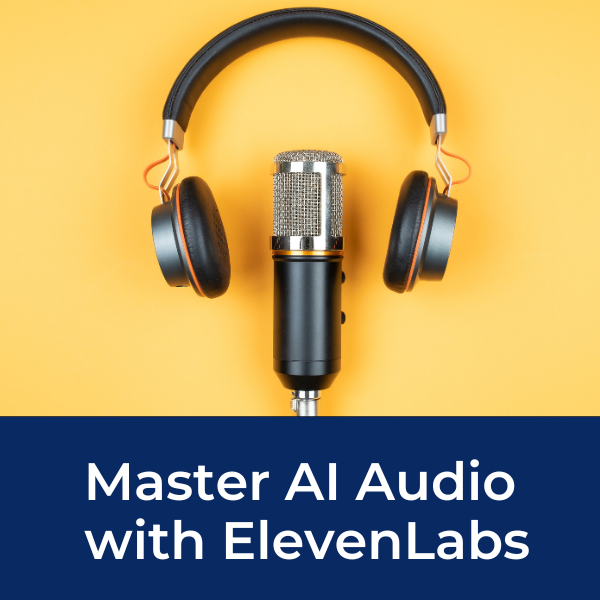4 Easy Steps To Film A
Short Documentary
Documentary Fundamentals
Learn How To Make A Documentary
Are you looking for a way to hone your filmmaking skills but not sure how to get started or what exactly you should do first or next?
Creating short documentaries (something like a local TV news segment) may be just what you need to get yourself out of the house and filming.
Following four basic guidelines, filmmaker Griffin Hammond shares his approach to finding/creating a story, shooting the appropriate b-roll and getting some sound on tape to carry the story.
Check out Griffin's video and gain some additional insights to each of these steps. Keep reading until the end. We've added one more production element you should consider when making short docs.
4 Steps To Film A Short Documentary:
To shoot a standard news package (short doc) these four elements are needed. However, the field of documentary filmmaking doesn't really have any rules. There are many ways to go about telling a story or sharing information.
The information in this video is meant to help you cover a local event, place or persons of interest.
1. The Interview
First, conduct an interview with someone on camera. What's most important here is what that person says.
Yes, it's important to consider lighting and a good background for any interview. But what is really needed is someone telling their version of events, their opinions and reasoning, their story.
You need that person saying these things on-the-record. And you want the audio to sound as good as possible. The audio gathered from interviews is what carries your story.
Learn more about interviewing in our 7-Day Documentary Crash Course.
2. Voice Over
Sometimes you may need to convey information that your interviewees didn't express. Sometimes your film may need a narrator; someone who moves the story along, who fills in the gaps.
Using a voice-over gives you flexibility in the editing process. You can see where your story lacks detail or explanation and you can easily add a few sentences of voice-over dialogue to explain and move the story forward.
If you have a nice voice that people don't mind listening to then you are in luck. You are the easiest and cheapest voice-over actor you could possibly work with. But if your voice just doesn't cut it, hiring a voice over professional will go a very long way in improving the overall watchability of your film.
3. B-Roll
For shooters, this is the fun part. This is where you gather the extra footage that will be played over most of the audio gathered from interviews and voice overs.
B-roll footage gives the viewer a sense of context. B-roll footage can be simply captured or it can take a series of pre-production meetings to ensure that a consistent style is being followed.
You can shoot b-roll footage before or after interviews. It's a good idea to do both if you can. While you don't need to record everything, do take liberties when shooting b-roll. You will likely need more than you think you do when the editing process rolls around. Give yourself plenty of options by shooting a lot of b-roll footage.
4. Natural Sounds
Like b-roll footage, the natural sounds you capture when recording b-roll can be used to add texture and depth to your story. Video production is wrongly titled. It's audio-video production. Audio plays an incredibly important role in "video production". Arguably more important than the video. What is heard is oftentimes more important than what is seen.
By allowing the natural sound of a video clip to play you give the viewer a bit of a break from constant voice over or interview answers. Used at the right times, these natural sound breaks can make your film a richer and more engrossing experience.
BONUS: Music
While music is not used in your standard television news filming, it can be used to help carry the emotion of a scene. Using music is a way to ensure that your viewer is experiencing the story in the way you want them to. Using music removes the facade of a neutral report. Music is an effective way to help move your audience through the story.
Your music choices, if you have them, will be very important.
Learn how to work with a composer.
Have you been using these four key fundamentals when making your films?
Let us know in the comments below what must-haves you need when filming your documentary.
Are You A One Person Documentary Crew?
Recommended For You
- Gear Kit For One-Man Documentary Film Crew with Bob Krist
- Free Film, Video, Audio and Photos For Your Documentary
- Get a Free Documentary Starter Kit
Smartphone Filmmaking Kits
Recommended For You:
Ready To Make Your Dream Documentary?
Sign up for our exclusive 7-day crash course and learn step-by-step how to make a documentary from idea to completed movie!
